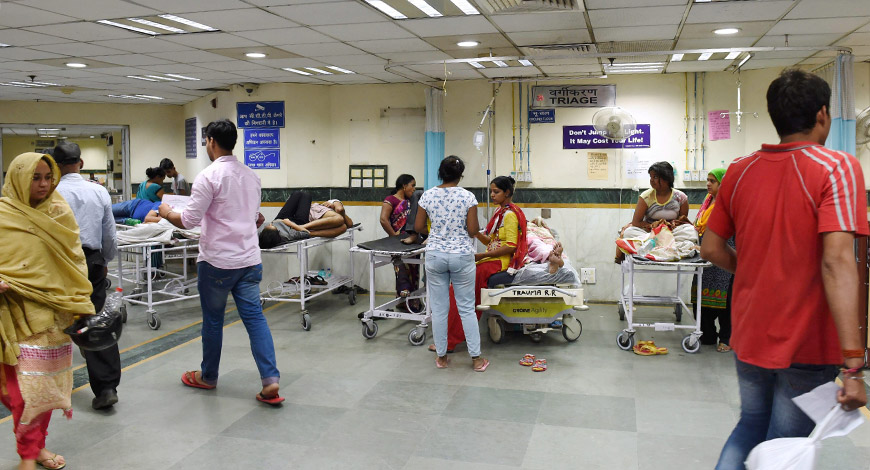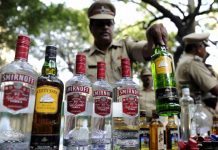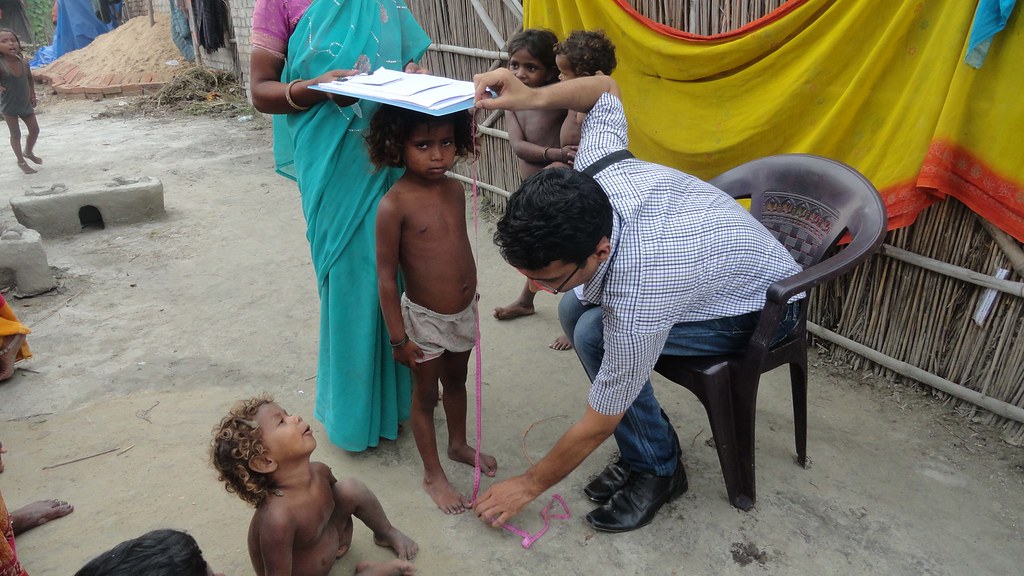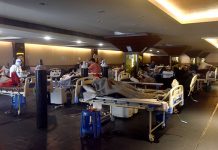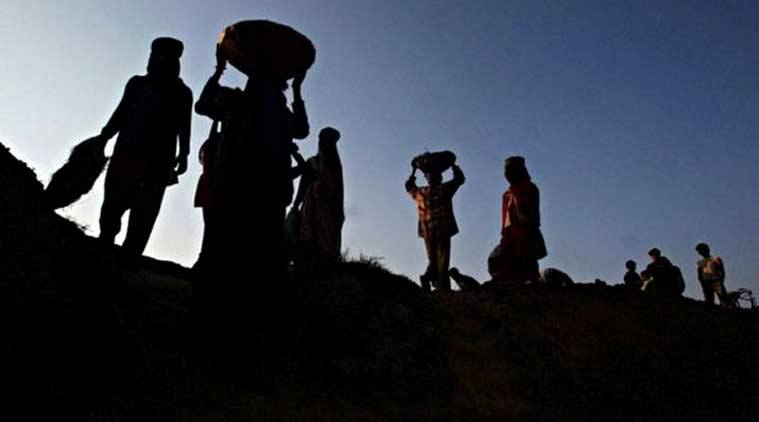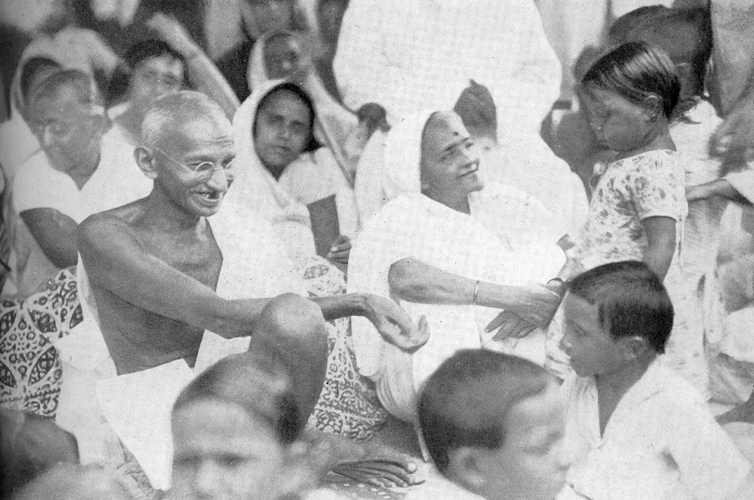On Monday, the central government released a draft policy, under which it proposed to fund one-time treatment cost to the tune of ₹15 lakh for certain treatable rare diseases, provided the patient was eligible under its flagship health insurance scheme, Ayushman Bharat’s Pradhan Mantri Jan Arogya Yojana.
Under the draft National Policy for Rare Diseases, the Ministry of Health and Family Welfare would provide financial support under its umbrella scheme Rashtriya Arogya Nidhi.
While Rashtriya Arogya Nidhi is aimed at providing financial assistance to patients living below the poverty line, under the rare disease policy, the financial benefits will also be extended to the broader class of Ayushman Bharat, which covers 40% of the population.
The Centre first prepared such a policy in 2017 and appointed a committee in 2018 to review it. The major difference between the earlier policy and the current draft is that the former envisaged the formulation of a corpus fund of Rs 100 crore for treatment, prevention, diagnosis, research and development.
What are rare diseases?
A ‘rare disease’ is defined as a health condition of low prevalence that affects a small number of people when compared with other prevalent diseases in the general population. While there is no universally accepted definition of rare diseases, countries typically arrive at their own descriptions, taking into consideration disease prevalence, its severity and the existence of alternative therapeutic options.
These diseases include Gaucher’s Disease, Hurler Syndrome, Wolman Disease, among others. Treatment for some of these diseases may vary from ₹10 Lakhs to more than ₹1 crore per year, with drug dose and cost increasing with age.
Rare diseases pose a significant challenge to health care systems because of the difficulty in collecting epidemiological data, which in turn impedes the process of arriving at a disease burden, calculating cost estimations and making correct and timely diagnoses, among other problems.
Many cases of rare diseases may be serious, chronic and life-threatening. In some cases, the affected individuals, mostly children, may also suffer from some form of a handicap. As per the 2017 report, over 50 per cent of new cases are reported in children and these diseases are responsible for 35 per cent of deaths in those below the age of one, 10 per cent of deaths between the ages of one and five, and 12 per cent between five and 15.
What Does the Government Aim to Do?
The national policy involves treatment of 450 such ‘rare diseases’. Among other measures, the policy intends to kickstart a registry of rare diseases, which will be maintained by the Indian Council of Medical Research (ICMR).
Under the policy, the government plans to notify certain medical institutes as Centers of Excellence for Rare Diseases. To begin with, these will include Delhi’s All India Institute of Medical Sciences and Maulana Azad Medical College, Chandigarh’s Post Graduate Institute of Medical Education and Research, Mumbai’s King Edward Medical Hospital, Lucknow’s Sanjay Gandhi Post Graduate Institute of Medical Sciences, and three others.
The policy was created on the direction of the Delhi High Court to the Ministry of Health and Family Welfare. This was in response to writ petitions for free treatment of such diseases, due to their “prohibitively” high cost of treatment. Hence, a policy was deemed necessary to devise a “multipronged” and “multisectoral” approach to build India’s capacity for tackling such ailments, including by gathering epidemiological data, arriving at a definition and estimating the cost of such diseases.
How Does it Work?
While the policy has not yet put down a detailed roadmap of how rare diseases will be treated, it has mentioned some measures, which include creating a patient registry for rare diseases, arriving at a definition for rare diseases that is suited to India, taking legal and other measures to control the prices of their drugs and developing standardised protocols for diagnosis and management of the treatment
Challenges and Criticism
However, the scope of the draft policy’s proposed limit financial support to patients suffering from only a few rare diseases categorised under Group 1, like osteopetrosis and certain immune deficiency disorders that can be cured with treatment, and certain diseases Tyrosinemia, Fabry’s disease and Maple Syrup Urine Disease, which require kidney or liver transplants.
The draft policy cite lack of adequate resources not provide financial assistance to rare diseases that require lifelong treatment. The government has therefore sought alternate funding mechanism like setting up a digital platform for voluntary and corporate donations.
“The financial capacity to support exorbitant cost of treatment, is an important consideration in public health policy development with reference to treatment for rare diseases. In resource-constrained settings, it is pertinent to balance competing interests of public health for achieving optimal outcome for the resources allocated,” the draft policy said.
The health ministry had formulated a national policy on treatment of rare diseases in 2017, which envisaged the setting up of a corpus fund with an initial amount of ₹100 crore towards funding treatment of rare genetic diseases, but this never picked up due to budget constraints.
The policy has recommended that state governments support patients belonging to the second category of diseases that include Phenylketonuria and Galactosemia, among others. It also recommends crowd funding as a source to fund treatment of rare diseases and advises hospitals to report such cases on digital platforms to gather funds.
Some health activists have also criticised the limited scope of the proposed policy.
While the policy says that the government “shall promote R&D (research and development) for improving the availability of affordable therapies for rare diseases with adequate safeguards in place”, it has also been criticised for not coming up with measures for it.
Presently, very few pharmaceutical companies manufacture drugs to treat rare diseases and India has no domestic manufacturer. The policy estimates that for a child weighing 10 kg, treatment cost ranges between Rs 10 lakh and Rs 1 crore per year, and the cost rises with age.

